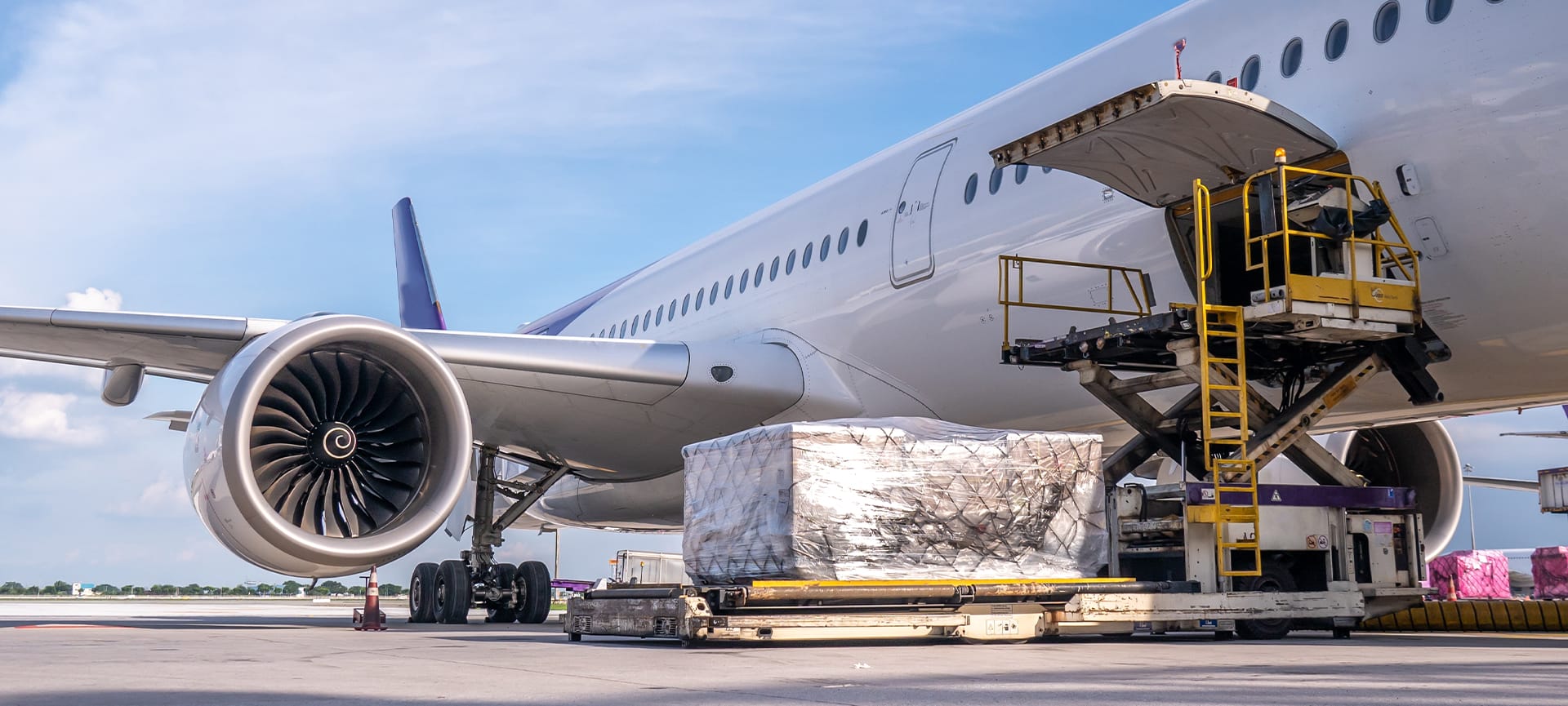There are actionable changes you can do to keep freight shipping truck costs under control. It is critical for companies to be adequately prepared for any financial challenges they will face this 2019. Scrimping on freight costs requires discipline. It also demands careful assessment of existing process flows present within an organization. Constant monitoring of freight transportation prices spells the difference between savings and wasteful spending. The below suggestions serve as effective ways to shelter customers, protect supply chains, and preserve profits against increased freight costs.
Keep processes efficient and cost-effective
It is the default reaction of most organizations to repeat certain business processes because they have been used to such a system year in and year out. At times though, such tasks are done out of habit, not because it is efficient or cost-effective. A few of these financially cumbersome freight transportation activities include the following:
- Shipping items in small packages rather than through less than load (LTL). Goods shipped via LTL do not use the space of an entire trailer. Instead, a shipper only pays for the space their freight occupies. The rest of the space is used by other shipments. LTL shipping reduces costs as it requires payment only for the specific portion of the space used in the trailer.
- Shipping goods on days of non-service.
How can a company make its business process run economically and productively?
-
Consolidate carriers
An audit on the number of carriers used by your business could result to a list that numbers all the way to 100. Such costly freight expenditures could lead to increased freight costs. But when carriers are consolidated, the likelihood of profit margin increase is high. This can be done by viewing your freight in terms of the shipment types and lanes. Then, you can request for carriers to make their bids.
Feel free to communicate your wants to the carriers you have talked to. Once you increase a carrier’s business, you can easily request them to decrease your total cost. You might need to compare one carrier’s price with another though. However, carriers do not offer similar tariff rates, as carrier A might give you a 40% discount, while carrier B won’t.

Asking the assistance of a third party logistics company to review your shipping costs could also help control your freight expenditure. The purpose of a third party logistics company is to help you get the best rates according to your needs.
Non-asset third party logistics firms have no trucks in its possession. They can also negotiate decreased rates with certain carriers, and build volume. Similarly, they have the ability to communicate with other carriers to formulate creative shipping strategies.
-
Rush shipments are a no-no
Since rush shipments are usually done at a pace that is quicker than normal, its cost is double or triple than a normal delivery. At times, added charges are not shouldered by customers. If you notice that your company seems to make rush deliveries as the norm, it is best to check the ways to increase your business’ lead times.
Doing so could drastically decrease freight shipping by truck costs. Assessing the process of your internal supply chain with the intent to remove aspects that cause rush orders could benefit your business in the long run.
-
Streamline the freight bill auditing process
The common question that arises once a shipper contracts a specific delivery price is: how can you confirm that the billing from the freight company is the same as the cost you quoted? Usually, bills go directly to accounting. Most of the time, accounting departments possess no information on the price quoted. Accessorial charges could have been included in the quote.
Thus the necessity to contract in advance via a mutually agreed upon cost. Doing manual and automated freight bill auditing process is also recommended. Setting up company procedures which address these is also critical.
-
Communicate with teams to determine and eliminate wasteful practices
Assess redundant processes used in transport, inventory, and work locaticons. Any unwarranted movement of materials from one place to another need to be removed. So is the excess production of items as these could incur high storage costs, space, and packaging. Inessential movements workers do to gain acess to equipments in different locations are time and energy wasters. It may be more efficient to rearrange or redesign the work location to make it convenient for any material to be at anyone’s disposal.
Long waiting time needs to be eliminated. Its causes include paltry technical support, and disjointed processes both of which eventually leads to lost opportunities. The absence of standard operating procedures inadvertently causes workers to perform a job in a manner that is willy-nilly. This usually results to using incorrect equipment or practices. The lack of quality assurance procedures even adds to the defective production of goods. Consequently, these lead to costly returns, or worst, law suits.
Determine and separate costs
Reducing costs is possible by knowing which items experience price fluctuation with volume, and which do not. Variable costs belong to the former, while the latter is considered fixed costs. Essentially, the prices of truck fuel, packaging, direct labor are considered as variable costs while rent is an example of a fixed cost. Electricity could either be fixed or variable cost as it is subject to changing factors such as workers doing additional shifts. Two major factors that affect freight costs include labor and packaging.

Labor – whether these are direct, temporary staff, indirect, or permanent staff – has a significant effect on freight costs. Business leaders need to promote organizational teamwork and communication. When internal relationships are healthy, expressing each other’s needs become easy. Sales staff could therefore become self-aware prior to over-promising customers with service intervals that unnecessarily increase costs.
Packaging costs can be reduced when shipping small items. If you receive discounted rates from your regular carrier services, you can allow your vendors to use your rate. This can be done by using your 3rd party billing number. Doing so offers two benefits: you receive a decreased upfront rate and you can negotiate lower freight prices for future shipments. The latter is possible due to the overall shipment volume increase on your account.
Reduced freight cost is also possible with incoming material shipments. You can also request freight costs to be broken down on your bill. Use the bill to compare costs with your other vendors.
Essentially, when you pay attention to your packaging costs, you optimize freight space. You also incur potential savings. Though packaging covers a mere 10% of a business’ supply chain costs, designing packaging with focus on efficiency leads to savings on warehousing and transportation costs. The former comprises 25% of shipment costs and the latter, 60%. Best to acquire the help of logistics on the proper carton to select, and the appropriate product design. Managing these can result to a total decrease in freight costs.
Assure carriers a consistent contract of steady lane volume
When carriers are assured that you will provide them with a consistent freight flow within the same lane, they will market such backhauls and create a network. They will also prioritize freight movement as well as loyal clients with dependable freight volumes. Possible savings could therefore be anywhere from 2% to 12% relative to conventional lane pricing.
Integrate data
Integrating data on sales and inventory from numerous systems helps facilitate effective decision-making. Small companies with limited budgets might not bother with data integration. Most companies find the process of alloting inventory against orders as problematic. Plus, there is currently no algorithm that will automate this process. Thus, acquiring the service of third party logistics firms in putting together such data is beneficial.
Related article: How to Cut Truck Shipping Costs in Canada?
Collaboration is key
A critical ingredient to reducing cost and incurring profits is treating people properly. Adequately collaborating and having a good relationship with your contacts aid in reducing your costs.
- Collaborate with suppliers as they aid in reducing your costs. At times, suppliers can even directly take up logistics costs. You can also produce a buyers consortium to purchase necessary logistics supplies. Such costs are eventually reduced due to buyers making large purchase quantities. You can also invite suppliers to your warehouse with the intent to assess or ‘value analyze’ your items in order to discuss cost-reduction proposals.Acknowledge your suppliers’ expertise as they can provide creative mutually beneficial cost reduction programs. They can also offer ideas on retaining a specific part’s function while decreasing cost without scrimping on quality.
- Build relationships. Avoid being a serial shopper for low rates. You need not cut off relationships and start anew with different carriers each year. Having a long- term relationship with a carrier allows them to create and manage transportation programs with mutually beneficial bottomline effects.When your carrier is maximizing its existing assets, they not only acquire more profit, they provide you with better rates. Also, having a long-term contract makes the period rate fixed thus helping you avoid increasing annual rates. You may also experience potential savings worth 3% to 5% each year.
- Collaborate with logistics companies, and customers. Having good communication with all organizations is vital in testing out strategies which could lead to costs reduction or better performance. Communicating with customers on shipment sizes, and other relevant issues helps you set targets. It also makes easy the creation of tangible action plans which will further decrease costs and increase efficiency.
Review your transportation requirements
Basic questions a company needs to answer in order to assess their transportation needs are the following:
-
- Do you require a private fleet?
- Is it easier and more cost effective to acquire a single route service provider?
- Should factories be consolidated?
- Will pooling shipments result to cost-reduction?
- Should an independent third party be allowed to assess and suggest possible cost-saving procedures?
Companies adhere to the idea that cost reduction is possible by utilizing one source for all their transportation needs. They could give out a Request for Quotation documents detailing their requirements to a potential transportation source. Carriers would then need to bid out and present their service to companies with a financially stable background. The winning transportation bidder, after being evaluated, would need to fulfill a company’s needs. The company would eventually gain savings due to its use of a single carrier while still delivering efficient customer service.
Outsourcing your transportation needs is a viable option specially for small companies with poor freight management capabilities. Acquiring the services of an outside transportation service saves you the money and energy from having to hire, train, and maintain your own transportation staff. An outsourced freight management firm bears the burden of all services and expendituress. They will also function efficiently as they are capable of making bulk purchases. Potential savings from such a method could range from 3% to 5%.
Adapt a multi-perspective approach
Keeping freight shipping by truck costs under control requires a multi-pronged approach that involves effective leadership skills, constant staff training/education, technology upgrade, and having a realistic transportation plan.
-
-
- Leaders in the transportation industry need to be creative. Utilizing the same approach for different problems might not be applicable. They must therefore possess the required skill-set to deal with unique challenges. A regular evaluation of a company’s transportation staff must be done. They need to be assessed against specific standards and if changes need to be implemented.
- Constant educational upgrades must be provided. Providing courses on new freight transportation practices, and attending industry conferences are necessary. The fast-paced transport industry offers new technologies one after the other. These tech systems provide cost-effective ways to save freight cost money. Failing to aquire any of these is not an option.
- Create a freight transportation expense management program. A plan that allows the tangible measurement of your freight transportation decisions helps you determine the financial effects of your plans. The purpose of such programs is to lessen the costly impacts of any freight increase.
-
Conclusion
The process on how to keep freight shipping by truck costs under control in 2019 mainly requires being open to change. Companies also need to be skeptical of the conventional system they have long been used to. Freight rates and any of its associated costs are not fixed – a truth most industry insiders find hard to believe. Them being used to doing things the old fashioned way has sometimes lead to costly freight expenditures.
Do know that changes can be applied anytime with the purpose of reducing freight costs. See if any of the above suggestions are relavant to your company’s current context. If they are, feel free to engage in a relatively safe trial and error experiment. There is no harm in trying. Plus, the potential savings your company could incur will highly likely be worth it.




